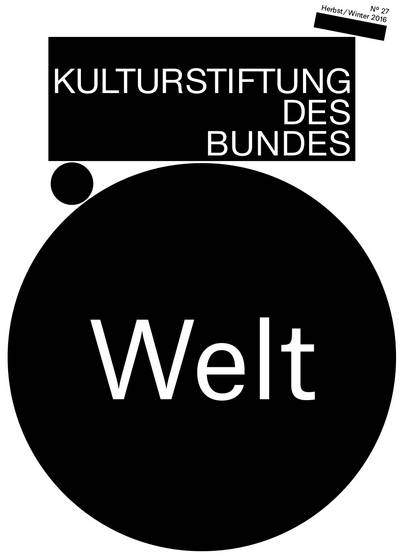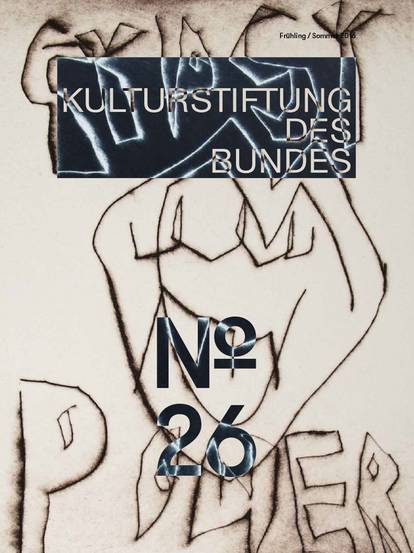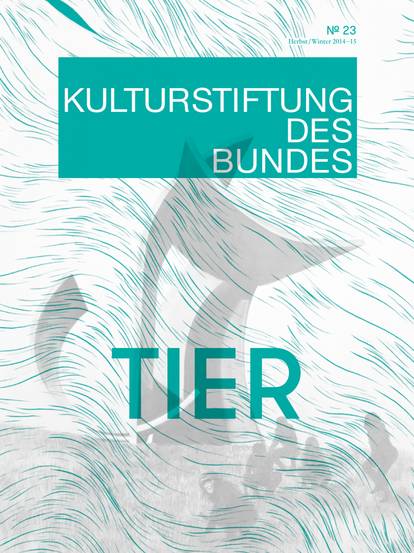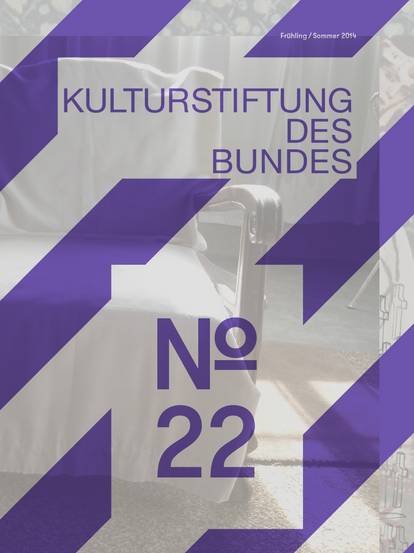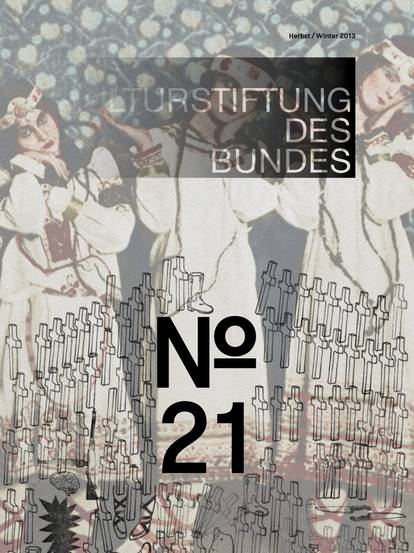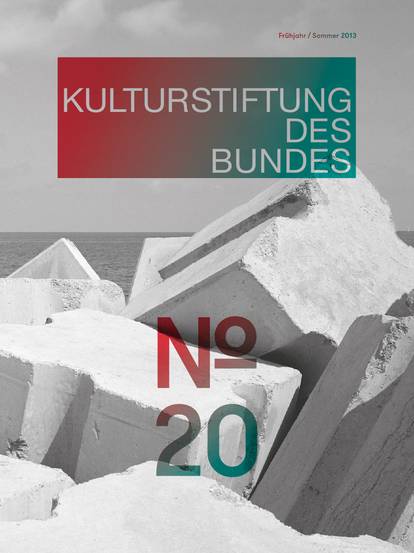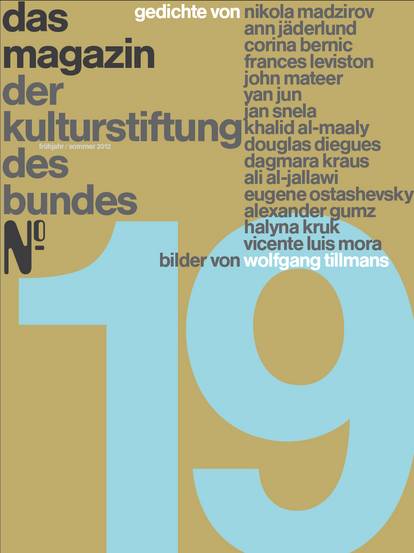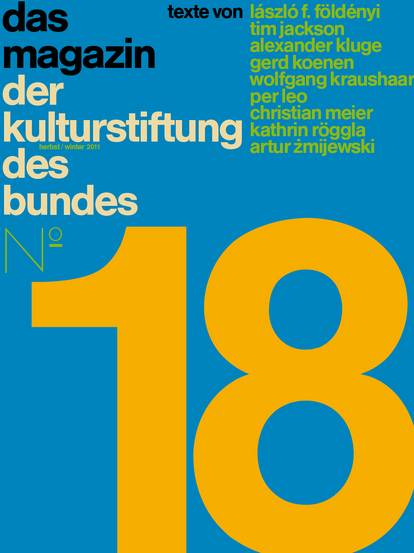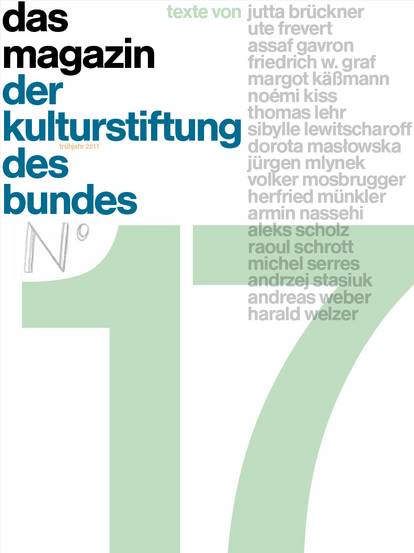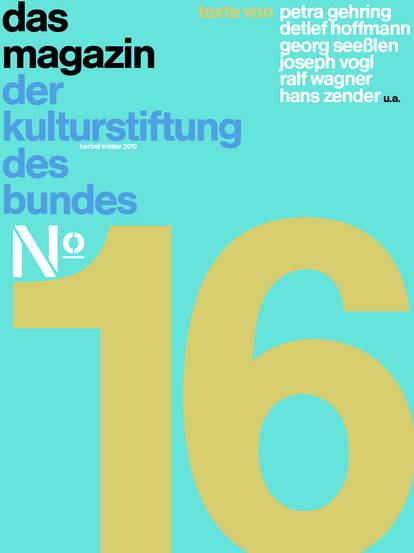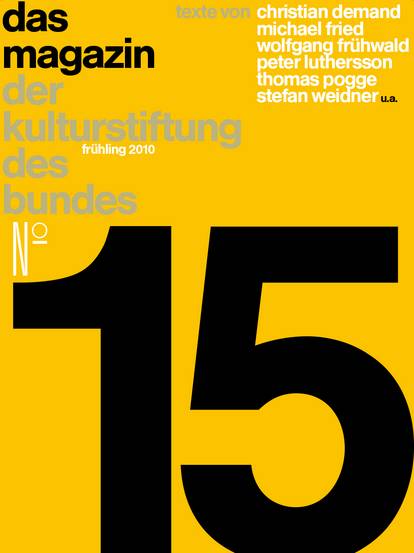Who gets to determine what artworks are displayed locally? What should they show? Who should they represent? As Alexander Koch explains, the New Patrons programme addresses fundamental issues that highlight the tension between civic participation and artistic representation.
Society’s greatest asset is its power of imagination. If it cannot imagine what it wants to be, it will never reinvent itself. If it cannot fathom achieving the impossible, it will never happen – at least for as long as it takes for the imaginable to shift. Social change is essentially driven by collective imagination, a shaping and reshaping of the socially envisioned future.
This imagined future is inconceivable without the forms and voices of art and culture. Indeed, how is the collective imagination of a society any different than its culture?
The New Patrons programme creates avenues for exploring the imaginable and shifting its boundaries. By enabling citizens in villages and towns to commission new works – works that can immediately shape their living environment or make a strong thematic statement, the programme makes new things possible, new perspectives plausible, and expands the scope of the imagination in real-world locations.
Participation does not necessarily evoke community
The culture and politics of democratic societies spring from the same imagined ideal, namely, that free and equal people can adequately manage their world in shared responsibility. This ideal has recently come under attack and has even vanished in some places. The forms of political and cultural representation are no longer able to sustain the belief that the few can adequately represent the many. At the same time, an unprecedented array of new forms of individual and collective self-representation has arisen. These have sought paths to institutionalisation (and power) as well as a methodical upgrade to dialogue and participation, which in turn has breathed new life in the imagined democratic ideal – along with other ideals.
The dilemma here is that the wish for more self-determination outside the conventional representative processes is driving the methods and ambitions of certain individuals from across the political spectrum, from the far left to the far right, and does not necessarily result in more community and democratic spirit. Another dilemma is that the legitimate claims to self-representation of many individuals does not automatically translate into legitimate policies which ultimately affect everyone.
This is where artistic projects commissioned by individual civic groups could serve as democratic laboratories. In this context, art itself can take responsibility for mobilising new ideals of community. In the competition of worldviews, the projects must confront public perception head-on, substantiate their benefit to the public, create majorities, convince neighbours and policymakers. The New Patrons projects could get caught up in the same dilemma mentioned above, i.e. established with the best of intentions by the few without securing the acceptance of the larger community, let alone being representative. The challenge facing citizen-initiated projects is that they must constantly demonstrate that the commitment of the few can serve as the motor of imagination for many.
Participation versus trust
We read a lot about people no longer trusting politics or their political representatives. Seldom do we read about politicians, or for that matter many other cultural, administrative, funding and business representatives, having no trust in the people.
Concepts of participation seldom refer to the distribution of decision-making power. Detractors would say that most offers of civic participation are top-down, “join-in” containers where residents are invited to discuss various matters according to prescribed rules without having any actual power to see them realised. When people sense this, they avoid such containers. If you grant them more trust and more power, they might well dismantle the entire container. The crisis of representation has a lot to do with the fear of disruptive energies which can arise when citizens are truly granted greater say. Without this participation, however, public trust in the apparatus of representation wanes. A vicious cycle?
The New Patrons are trying to disrupt this cycle. In moderated bottom-up processes, civic groups are being supported by mediators to activate artistic and political resources to shape their own ideas, frequently by means of unconventional methods. If successful, they can generate new trust between citizens and policymakers, between community organisers and administrators, and between the “cultural elite” and the general population.
Investment does not equal innovation
The demand for innovation is one of the most effective doctrines of advanced societies. Markets need novelty. But when it comes to political and cultural innovations, novelty incites fear. This might not be obvious at first. Innovations require preliminary investments and confidence in their future use, i.e. success. As we all know, cultural use and success are difficult to measure, and in cases of doubt, opinions can vary greatly concerning what is useful to whom and how. Institutional funding instruments in the cultural sectors are usually accompanied by bureaucratic regulations which fail to consider the possible involvement of many people. With their predetermined targets, they practically rule out any possibility of innovation. Public spending, in particular, must have justification in the eyes of society – yet the methodical steps which are required for true innovations are hardly achievable without providing resources in a relatively open-outcome, process-oriented manner. As a result, a lot of art and culture follows pre-existing patterns and reproduces standards instead of setting new ones.
The open processes of civic projects funded by New Patrons are seldom able to meet such standards. Often these projects have no predetermined project scenarios or schedule, and even the artists and budget requirements are unknown for a long time. This all becomes clear in the course of project development with the citizens, but planning security is a foreign word and obtaining public funding is initially quite difficult. The funding provided by New Patrons through the Federal Cultural Foundation represents an exception to the rule, driven as much by innovative spirit as a willingness to take risks.
A review of the 500 projects which have been organised so far in the international network of New Patrons shows that many of them indeed possess an innovative character – socially, aesthetically, or both. It also shows that many projects were only possible thanks to unconventional alliances and proved to be smart investments in the service of social cohesion, the success of which would have been a matter of speculation. Innovations are unpredictable; they require space and time.
We cannot know the unknown
Among the problems mentioned above lies a deeper, more fundamental dilemma in the crisis afflicting societal – or at least democratic – imagination. It boils down to the fact that we cannot know the unknown, but we need the unknown to make progress despite the fear of possibly ending up in the wrong place. The best metaphor to describe this situation is Richard Rorty’s differentiation between the (politically) beautiful and the sublime which, for our purposes, is comparable to the aesthetically beautiful and the sublime.
Rorty uses “beautiful” to describe our efforts within the given circumstances to “aspire to an ever better, i.e. philanthropically oriented reorganisation of existing human relations and institutions.” In other words, aspirations to embrace the given whole and reorganise things to make them look better than before. Rorty contrasts this with the “sublime”, i.e. the “search for people and institutions of which we cannot provide any details because they are free of conditions which we cannot yet cast from our mind.” [1]
Here the dilemma is obvious and comes down to a decisive point: when cultural and political participation searches for ways to democratically renew itself, these can and should transgress the orders that be. But searching for people and institutions that are free of conditions which we cannot yet cast from our mind is rather difficult to imagine within our existing order. Indeed, many are unable to ignore the conditions which have hindered citizens for centuries from playing an active instead of passive role in contemporary cultural production. The New Patrons model, which aims to engender a new cultural commons, creates the conditions for citizens to actively participate in the cultural process with power to decide – and yet remains tied to political and financial conditions which have long constrained this decision-making power.
Reorganisation of representation
If we continue along the Rortyan metaphor, the sublime – once a key category in the aesthetic and political discourse of modernism – would represent an innovative arrangement of things which we cannot truly comprehend within a new whole, the likes of which we do not yet know. A world comprised of people, institutions and relationships which we cannot yet imagine. It is here that today’s political, cultural and aesthetic discourses and practices overlap – practices that call for imagination or try to conjure it in order to overcome the current feelings of crisis and mistrust.
Yet because one cannot plan the unknown, cannot conceive and apply the unimaginable, cannot control the disruptive or predict the future, this is where insight collides with concern: the insight that things must change in the representative democratic processes of coexistence and cooperation, and the concern and institutional rationale that collective imagination is a cultural asset that does not lend itself to control. Must democracy endure this? Absolutely.
Since New Patrons was established 30 years ago in France and now that it has taken root in Germany as a cultural technique, some are suggesting to instil the unknown, the disruptive and even the non-representative with a generally understandable, deeply democratic character. To each, his or her own voice. To each community, the forms of its choosing. And to artists, their chance to be artistically involved in the social process. When New Patrons projects conclude, famous international artists will have worked together with the citizens of small communities.
Though we cannot demand it, we can certainly have confidence that art plays a transformative role in upgrading democratic methods and ideals. Citizen-commissioned art is one of numerous means of proceeding along this path and expanding the broad, richly abundant array of existing institutions, collective behaviours and the imaginative powers of society. Wherever citizens can enlist contemporary artists as collaborators for joint social projects and create new, individual alliances, they can instil social imagination with what people in their towns and situations think, desire, need and wish for. This, at least, is imaginable.
[1] Richard Rorty, Die Schönheit, die Erhabenheit und die Gemeinschaft der Philosophen, Frankfurt am Main, 2000, S. 33

![[Translate to English:] Magazine 38](/fileadmin/_processed_/f/1/csm_Magazin38_Cover-Vorschau_921x1230_689f428dc3.jpg)
![[Translate to English:] Magazine 37](/fileadmin/_processed_/b/c/csm_Mag37_Cover-Vorschau_921x1230_b5129fdb2a.jpg)
![[Translate to English:] Magazine 36](/fileadmin/_processed_/2/a/csm_Cover_Magazin36__issuu_2f3cef97bb.jpg)

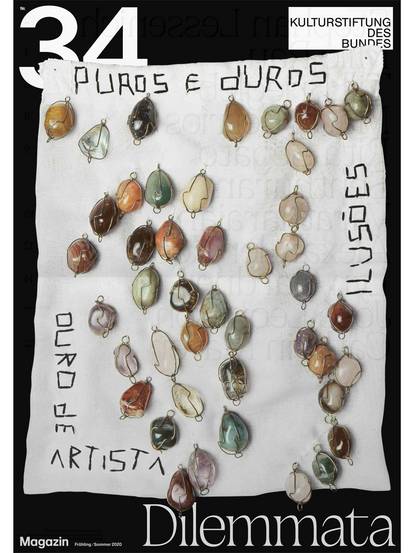
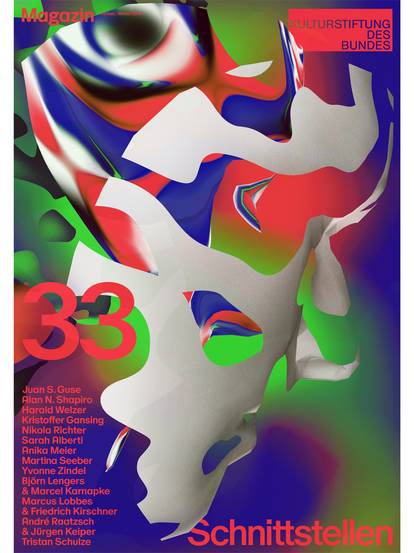
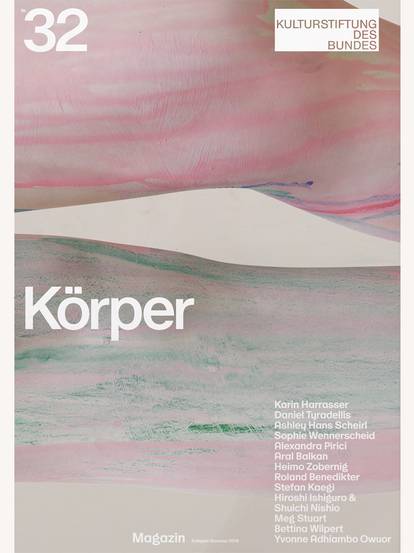
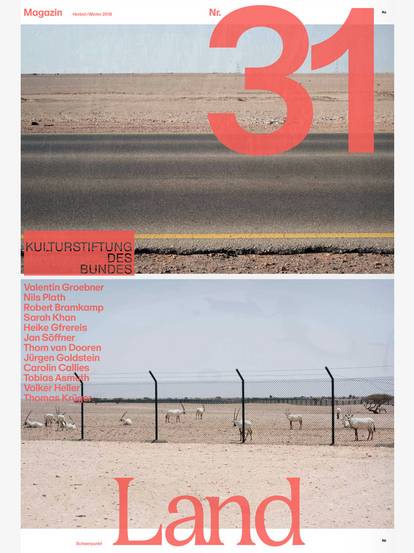
![[Translate to English:] Magazine 30](/fileadmin/_processed_/c/b/csm_magazin30_vorschau_9005f773d3.jpg)


